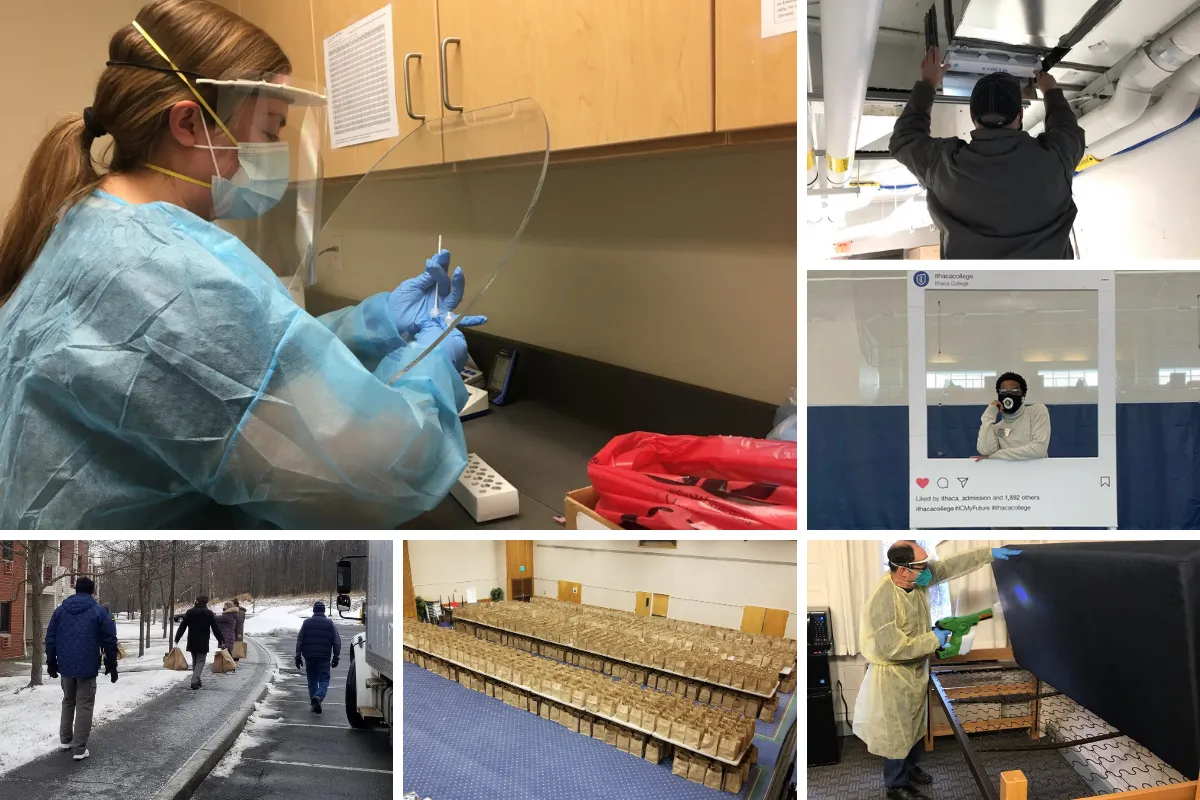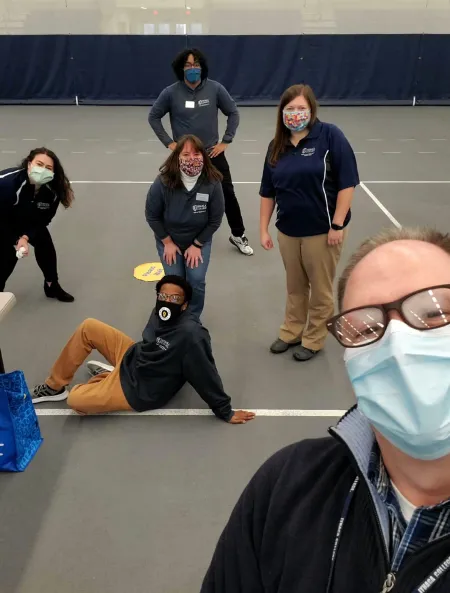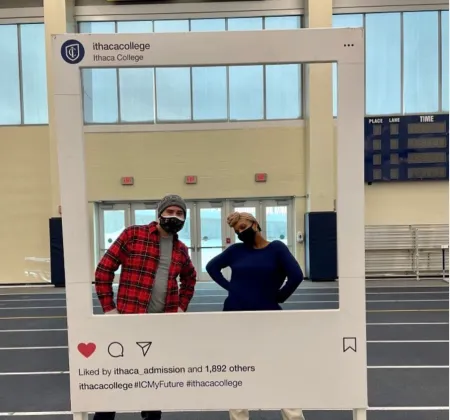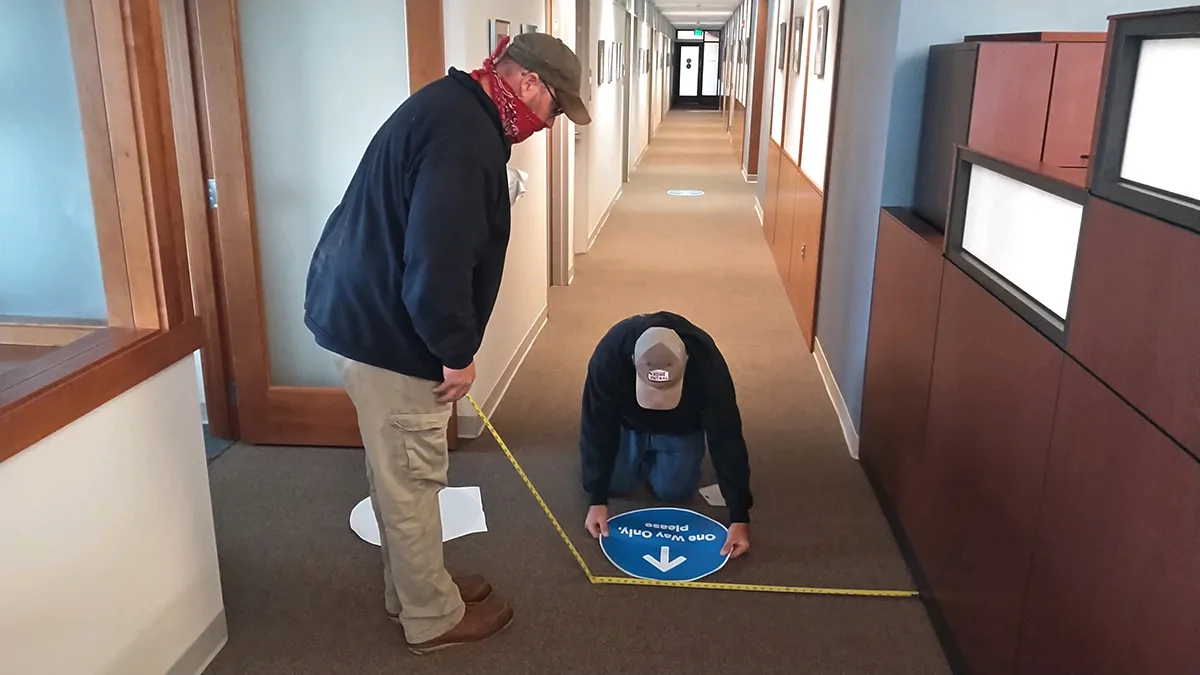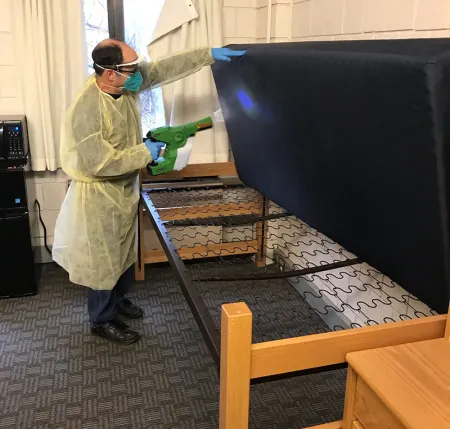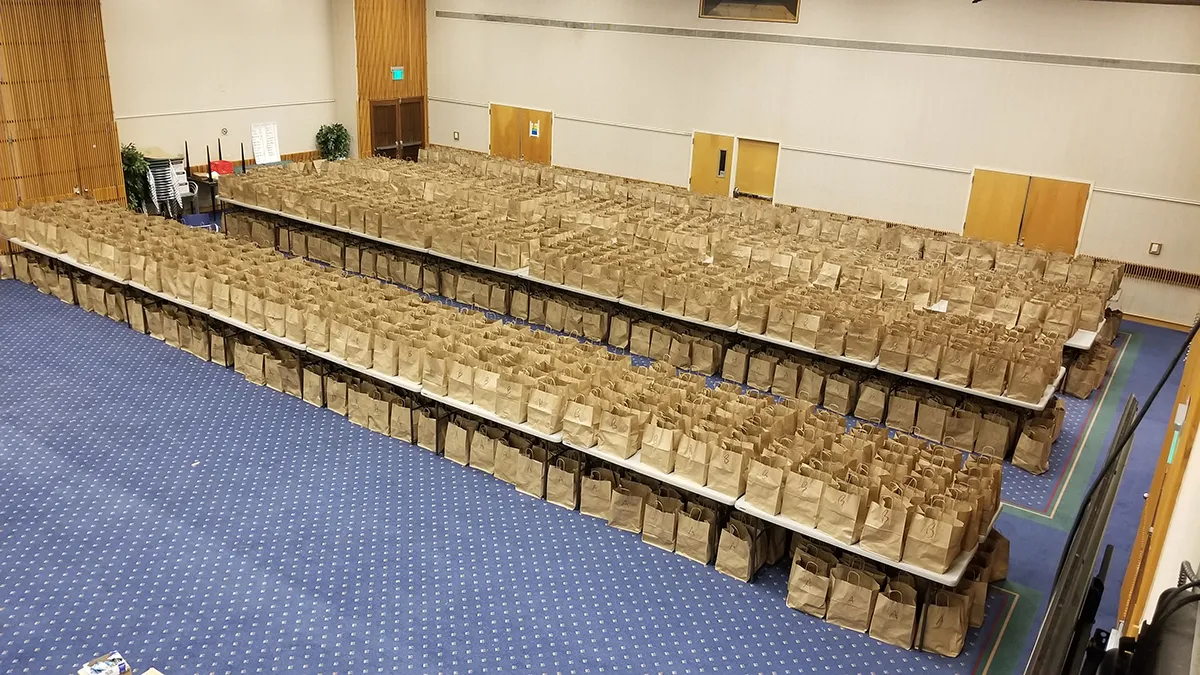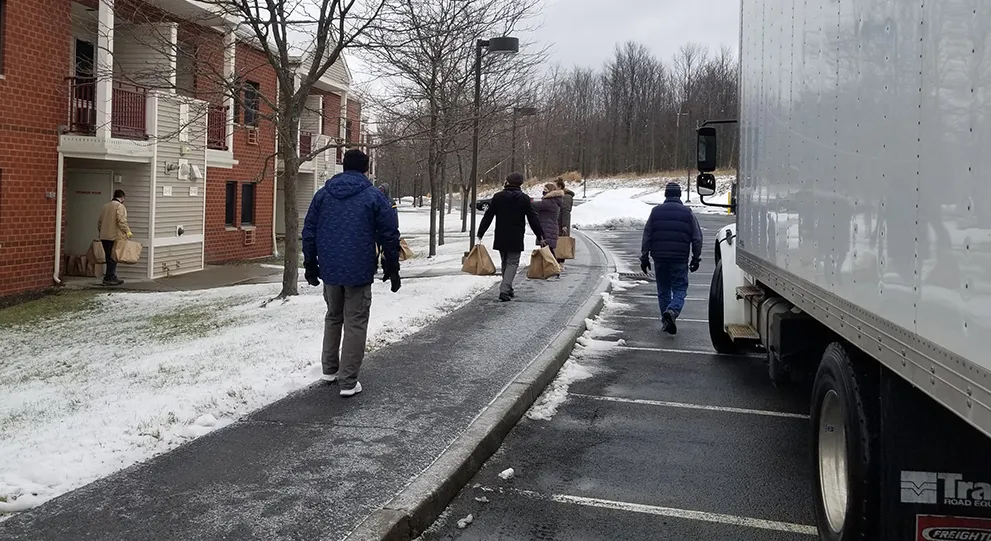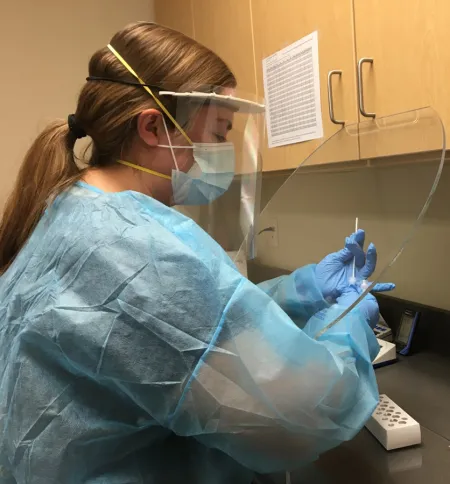At the end of January, 2,460 residential students returned to campus for the start of the 2021 Spring semester. Returning to South Hill after spending, in some cases, the better part of a year away due to the Coronavirus pandemic, you’d forgive them if they needed some time to adjust to being back with classmates and professors, walking the halls, sitting in classrooms and eating in IC Square.
What those students might not see is the months of tireless, behind-the-scenes work by countless Ithaca College staff members to ensure they would be returning to a safe and welcoming environment.
In this story, we highlight just a few of the many IC community members who helped make the spring semester a reality.
